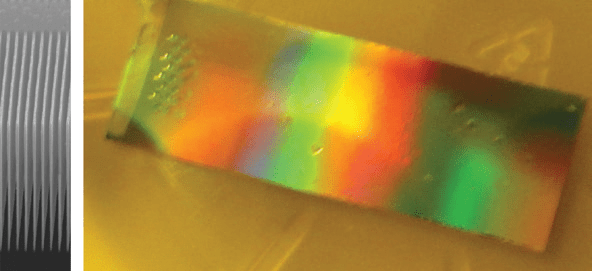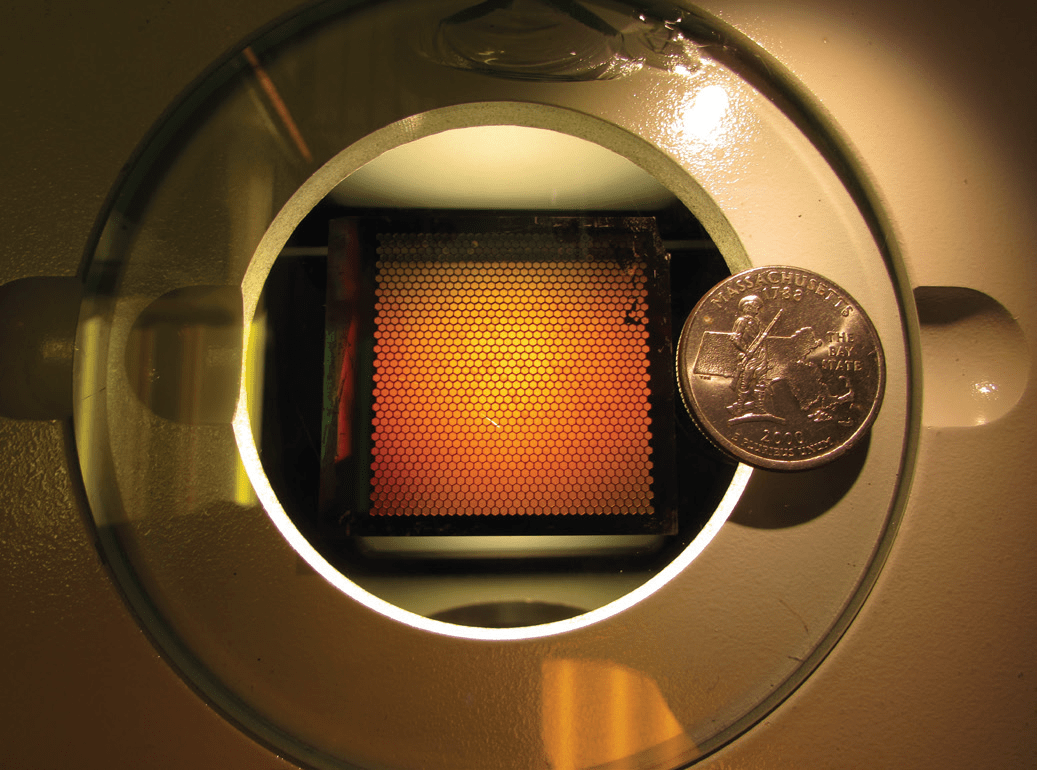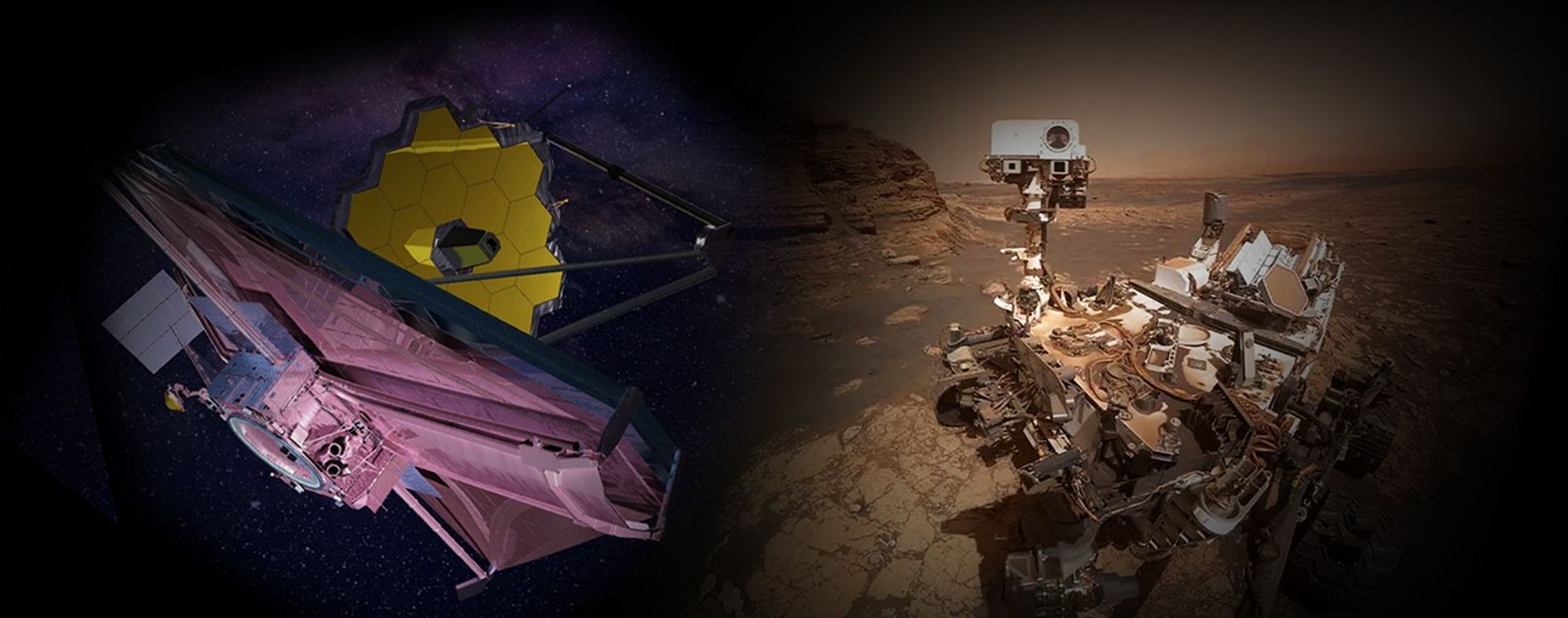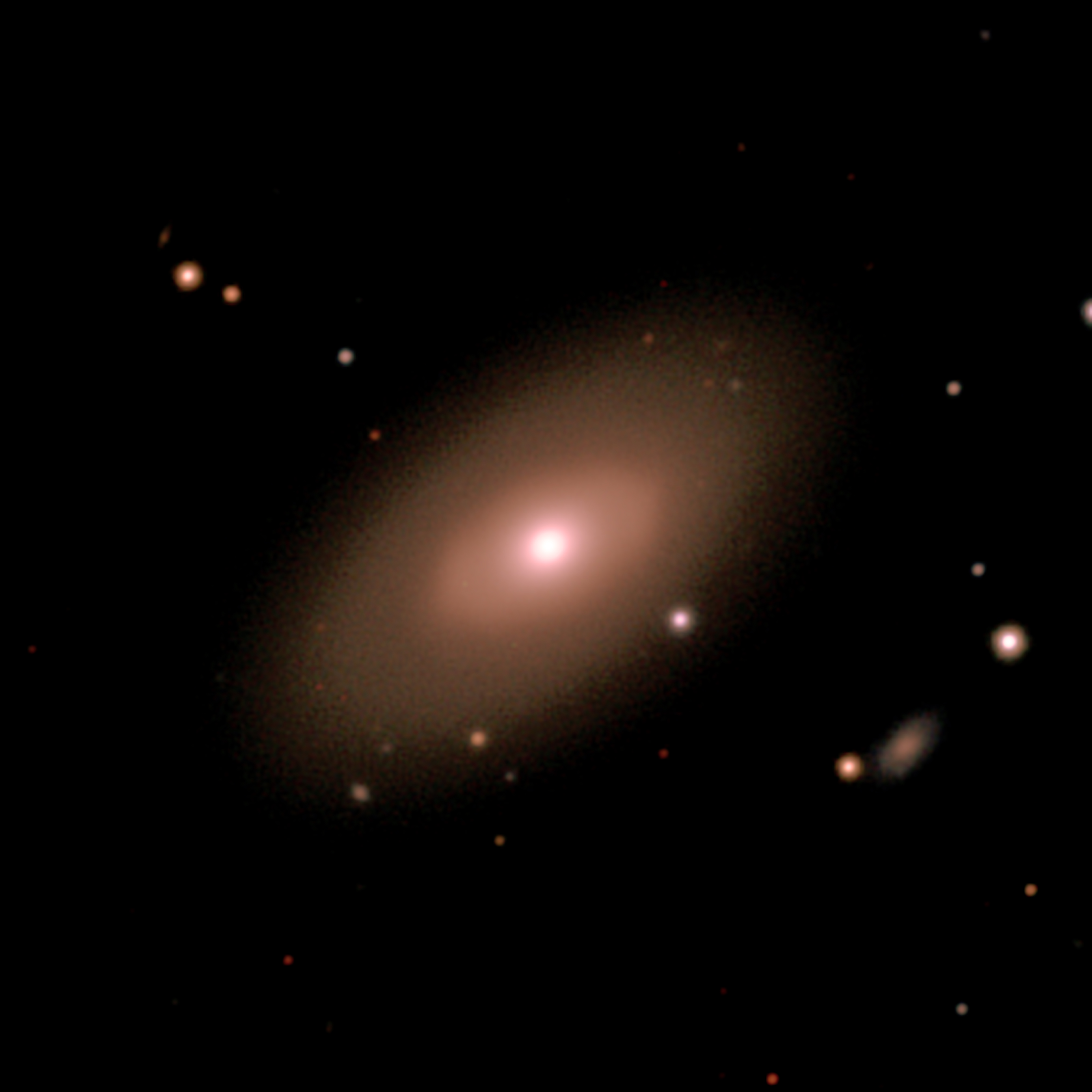Technology Development
X-ray-optics technology has progressed such that future astrophysics X-ray observatories will have orders-of magnitude better performance than existing observatories such as NASA’s Chandra X-ray Observatory. High-resolution soft X-ray spectroscopy offers particularly useful observations that can provide information about the evolution of large-scale structure in the universe, conditions near black holes, stellar atmospheres, and more.
Spectrometers employing novel critical-angle transmission (CAT) X-ray gratings promise spectral resolving power, R, as high as 5000—at least 5-10 times that of present instruments. In 2016, an SMD-sponsored team produced and successfully demonstrated this new technology. A high-resolvingpower, soft X-ray objective grating spectrometer for deployment in space requires a lightweight focusing optic with very good angular resolution and gratings that can disperse X-rays to the largest possible angles with high efficiency and minimal aberrations. Realizing the challenging CAT grating design required almost a decade of development and breakthroughs in advanced nanofabrication technology including patterning, etch and atomic level deposition. Demonstrating this capability in the lab was challenging, however, and required a combination of unique state-of-the art nanofabrication processes and test hardware such as a long X-ray beamline and a spectrally narrow source.
Impact
Future X-ray missions employing this technology will provide vastly improved absorption- and emissionline spectroscopy of high-energy astrophysical sources such as black hole winds and hot gas in the cosmic web. Additional potential applications for CAT gratings include spectrographs for observations of the heliosphere, optics for high-power X-ray facilities, and filters for neutral-particle measurements in Earth’s magnetosphere.
Status and Future Plans
In 2016, three institutions collaborated to produce and demonstrate this new technology. The Space Nanotechnology Lab at the Massachusetts Institute of Technology (MIT) Kavli Institute provided state-of-the-art 200-nm-period ultrahigh- aspect-ratio silicon CAT gratings coated with a thin layer of platinum that enabled diffraction to angles up to 18 times larger than those supported by Chandra spectrometers. The 100-m-long Marshall Space Flight Center Stray Light Facility served as the beam line, and the X-ray optics group at Goddard Space Flight Center provided a lightweight high-resolution focusing optic. Preliminary analysis from this demonstration showed R much higher than 10,000—believed to be a world record for grating spectroscopy in the X-ray band. CAT grating technology continues to be refined to achieve higher efficiency and larger gratings. This technology is currently being proposed for use on an Explorer satellite mission named Arcus and studied for potential use in the Lynx mission concept, a potential successor to Chandra in the next decade.
Sponsoring Organization
The Astrophysics Division supports development of this new technology by providing funding via the SAT program. Development leads include Mark Schattenburg and Ralf Heilmann of the Massachusetts Institute of Technology and Alexander Bruccoleri of Izentis, LLC.

































